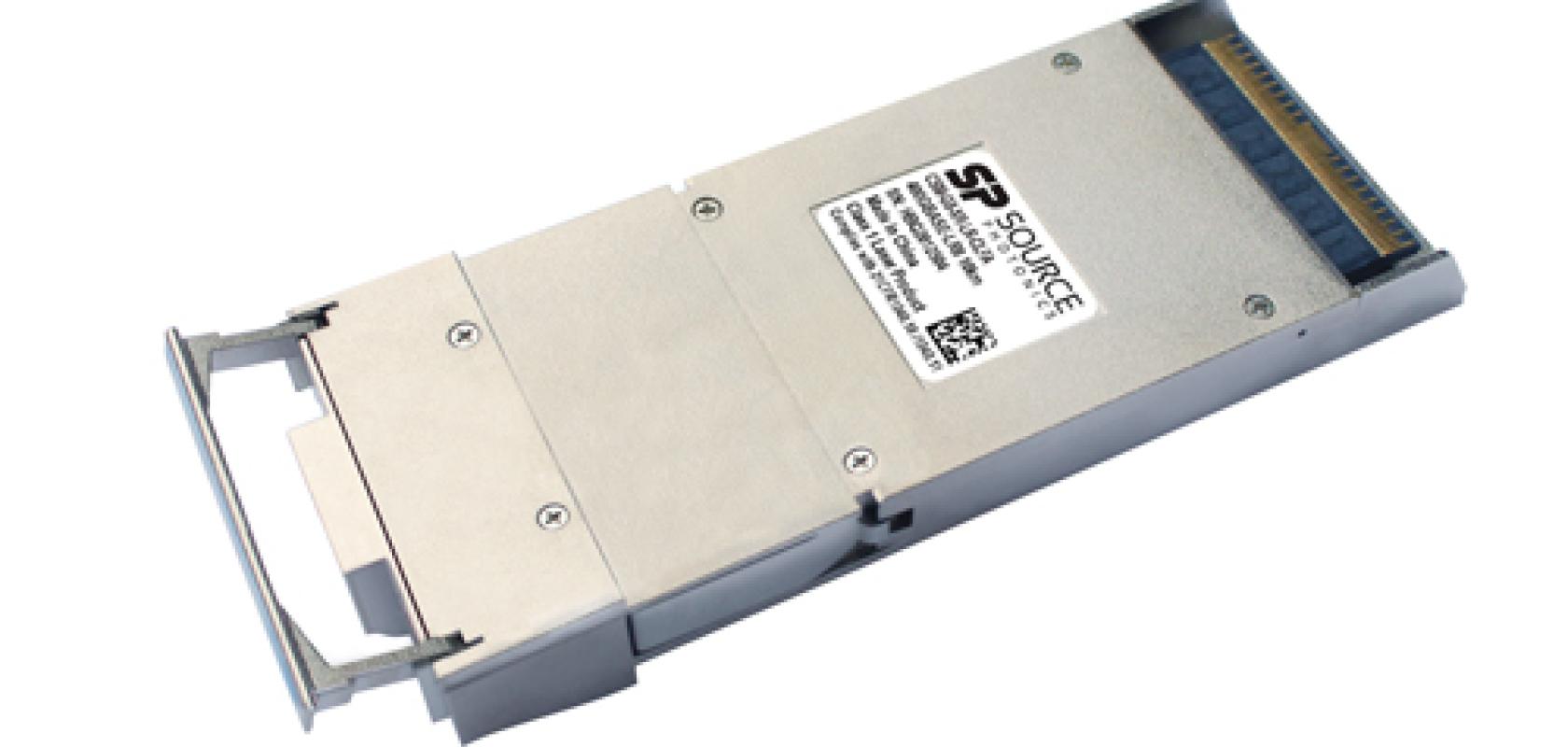A global consortium dedicated to Ethernet technology advances hosted a multivendor interoperability demonstration at September’s European Conference on Optical Communication (ECOC) in Rome, displaying a number of optical Ethernet technologies at speeds from 10GbE to 400GbE.
The Ethernet Alliance supports and promotes Ethernet interoperability, and its demonstration featured a line-up of 400GbE technologies such as optical transceivers, routers, switches, active optical cables (AOCs), direct attach cables (DACs) and interconnects. Showcased were a number of pulse amplitude modulation (PAM) 4-based Ethernet optics, including 50GbE, 100GbE, 200GbE, and 400GbE, spanning 100m to 40km, and various form factors. Firms in the demonstration included Amphenol, Arista Networks, CommScope, EXFO, Huawei Technologies, Keysight Technologies, Source Photonics, Spirent Communications, TE Connectivity, Tektronix, and Viavi Solutions.
The demonstration followed the Alliance’s multivendor Higher Speed Networking Plugfest interoperability testing event, held at the University of New Hampshire InterOperability Laboratory, the results of which were announced during ECOC. Intel’s network product architect Dave Chalupsky – who chaired the Plugfest and is on the board of directors at the Ethernet Alliance – said that the results show industry is embracing technologies such as 400GbE.
The week-long testing event saw advanced 25Gb/s NRZ-based 100GbE and 25GbE solutions tested from Arista Networks, Intel, Juniper Networks, Marvell Technology, Spectra7 Microsystems, Spirent Communications and Teledyne LeCroy. Those participating with 50Gb/s PAM4-based 400GbE and 50GbE solutions were Cisco Systems, Intel, Marvell Technology, Spectra7 Microsystems, and Spirent Communications.
The tests were performed using 10 different Ethernet variations at speeds from 25GbE to 400GbE, producing a high rate of positive results, with 98 per cent of link configuration tests and 93 per cent of frame error rate (FER) tests passing. It also highlighted the industry’s transformational switch from NRZ to more efficient, higher data throughput PAM4 signalling. Chalupsky said: ‘The exceptional initial success rate clearly illustrates that the ecosystem is quickly building upon the solid foundation provided by current Ethernet standards.’
At ECOC, John D’Ambrosia, chairman of the Ethernet Alliance, said: ‘Ethernet is going farther and faster than any point previously in its 45-year history – there are so many exciting things happening, like the progress being made in PAM4 technologies. With emerging applications and markets being fuelled by higher speeds, Ethernet is driving game-changing innovations across the whole of the technology landscape, from data centres, to campus and enterprises, down to the guy streaming movies on a smartphone.’
Word of warning
Conversely, industry market research firm, LightCounting warned – in the latest update to its High-Speed Ethernet Optics report – that 400GbE product development requires a lot of investment, and customers will be unlikely to make a purchase until the price is right. The firm suggests that the first volume shipments of 200/2x200/400GbE will start towards the end of next year. Most of the volume at that point will be 200GbE and 2x200GbE, with true 400GbE (over a 2km reach) used only at the higher levels of switching.
The report predicts the more widespread use of 400GbE modules beginning with 400G-DR4, but says that these won’t support 400GbE high-speed channels. Instead, the parallel single-mode quad (PSM4) interface will be broken out four ways into 100G-DR modules and this scheme, using high-density 100G, is likely to be used for some time before the ‘big four’ hyperscale operators move to higher speeds. LightCounting cites the current open secret that Facebook will deploy 200GbE before moving on to 400GbE. Google, meanwhile, is beginning to deploy 2x200GbE modules.
The update explains that today’s 100GbE transceivers use 4x25G optics, and that serial (single wavelength) 100G optics are beginning to become viable. These 100G single Lambda devices will be the first time that PAM4 optics and electronics are used, producing another hurdle for optics and electronics suppliers. Analogue or DSP retimers/gearboxes are needed to convert 8x50G PAM4 at the module interface into 50G or 100G PAM4 optical lanes on the fibres.
The LightCounting report described some of the live demos of 400GbE optical transceivers at ECOC as ‘still very early experiments but nevertheless impressive’, quoting spokesperson Mark Nowell, of Cisco, who said: ‘Being all new modules, the host interface is usually where we’d expect problems and we saw teething issues. Most were fixed for the public demo at ECOC. We had full packets flowing through Arista and Cisco switches and lots of modules.’ The LightCounting report described the development as ‘encouraging’, but warned it did not mean a ramp of 400G is around the corner.
Image caption: 400G optical transceivers like the CFP8 from Source Photonics were demonstrated in the Ethernet Alliance’s multivendor interoperability demonstration at ECOC 2018. Credit: Source Photonics


